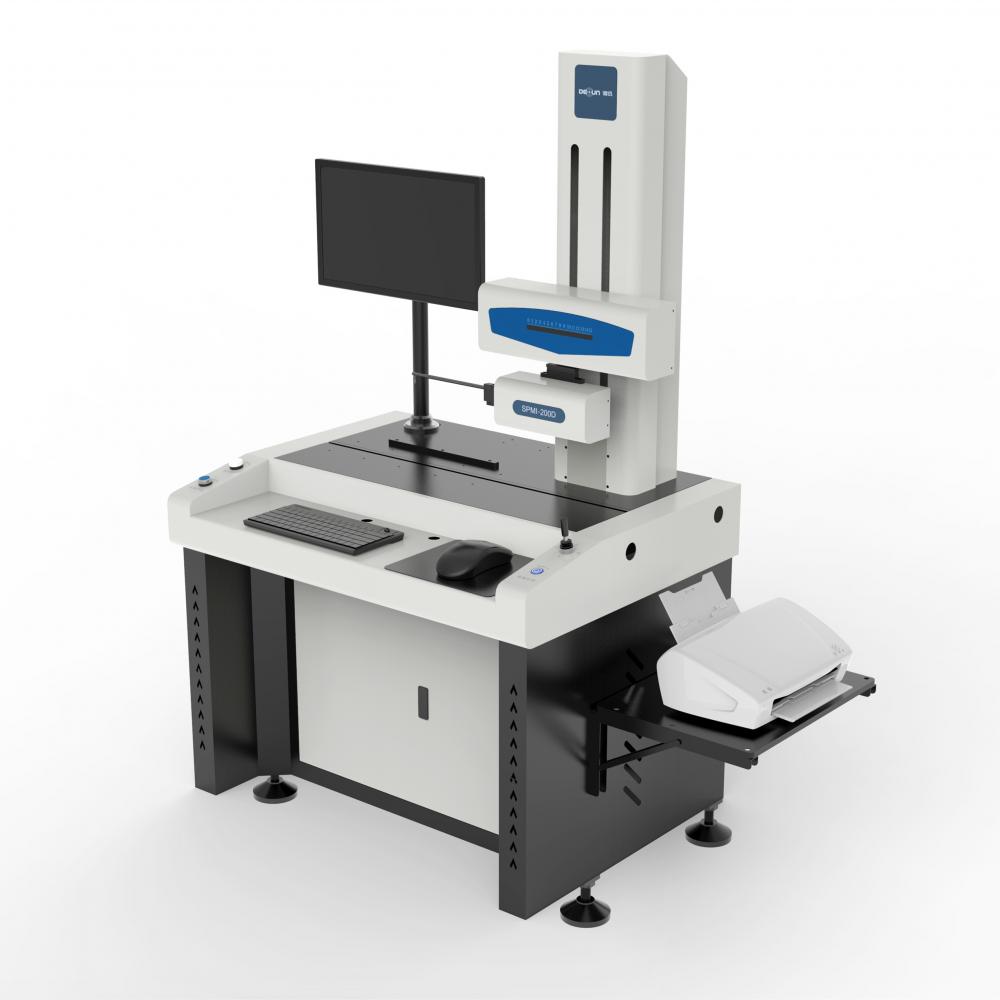Identification and Control of Maize Seedlings in Seedling Stage
The head of the larvae has brown-black octagonal lines along the cleavage line, and 5 vertical strips of various colors on the back of the body. Adults are light yellow-brown or gray-brown. There are two light yellow round spots on the central front edge of the forewings and one small white point on the outside of the round spot. There are one small black spot on each side of the white spot. The top corner has a stretch toward the trailing edge. Black twill.
The main control methods:
1. Remove weeds from the field and reduce the source of insects;
2, with sweet and sour liquid, black light or cereal grass to trap adult insects;
3, larvae can be used prior to the 3rd age of Fluoropuron EC 4000 times, or diflubenzuron 1, diflubenzuron 2nd, diflubenzuron 3 500 ~ 1000 times spray control;
4, can choose to use 5% S-fenvalerate 3000 times, or 20% cypermethrin 2000 times or 50% phoxim 1000 times, or 25% cyanide phoxim EC 1500 times, Or 10% Avi high chlorine 1000 times spray control
Roughness Measuring Instrument
Roughness meter, also known as surface roughness meter, surface smoothness meter, surface roughness tester, roughness measurement meter, roughness tester, and other names. It has the characteristics of high measurement accuracy, wide measurement range, easy operation, portability, and stable operation. It can be widely used for the detection of various metal and non-metal processing surfaces. This instrument is a pocket instrument that integrates sensors and hosts, with handheld characteristics, making it more suitable for use in production sites. The exterior design is sturdy and durable, with significant resistance to electromagnetic interference, in line with current design trends.

The application fields of roughness meters include:
1. Mechanical processing and manufacturing industry, mainly metal processing and manufacturing. Roughness meters were originally developed to detect the surface roughness of machined parts. Especially, stylus type roughness measuring instruments are more suitable for detecting hard metal surfaces. For example, the automotive parts processing and manufacturing industry, the mechanical parts processing and manufacturing industry, and so on. As long as these processing and manufacturing industries involve the surface quality of workpieces, the detection application of roughness meters is essential.
2. In the non-metallic processing and manufacturing industry, with the progress and development of technology, more and more new materials are applied to processing processes, such as ceramics, plastics, polyethylene, etc. Some bearings are now made of special ceramic materials, and pump valves are made of polyethylene materials. These materials have a hard texture, and some applications can replace metal materials to make workpieces. During production and processing, their surface roughness also needs to be tested.
3. With the continuous strengthening and improvement of the technology and functions of roughness meters, as well as their in-depth promotion and application, more and more industries have been found to require roughness detection. In addition to mechanical processing and manufacturing, roughness evaluation is also required in the production and processing of power, communication, electronics, such as couplings on switches, integrated circuit semiconductors, and even stationery, tableware, and other products used in people's daily lives The surface roughness of human teeth needs to be tested.
Roughness Measuring Instrument,Surface Roughness Tester,Roughness Tester,Mitutoyo Roughness Tester
Zhejiang dexun instrument technology co., ltd , https://www.dexunmeasuring.com